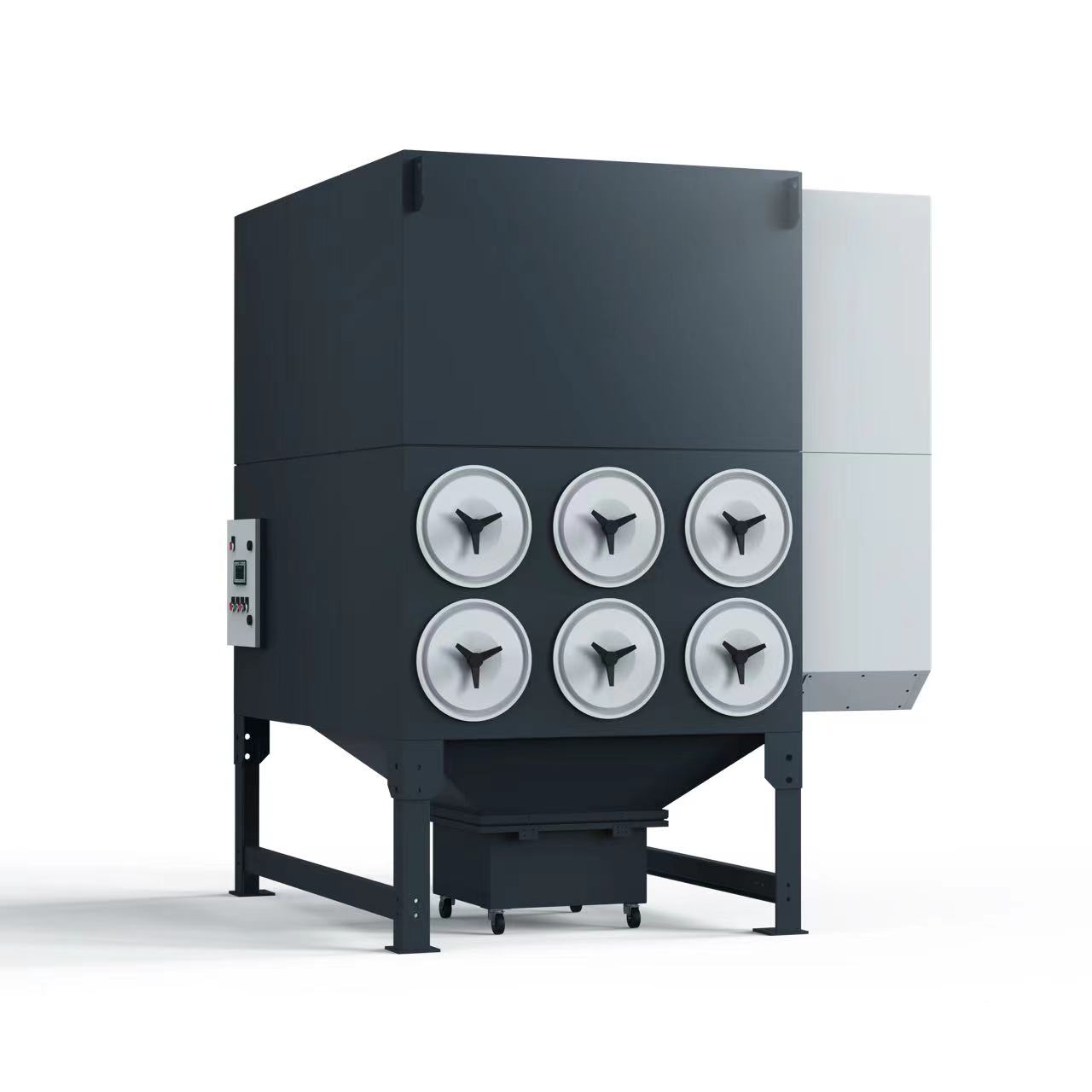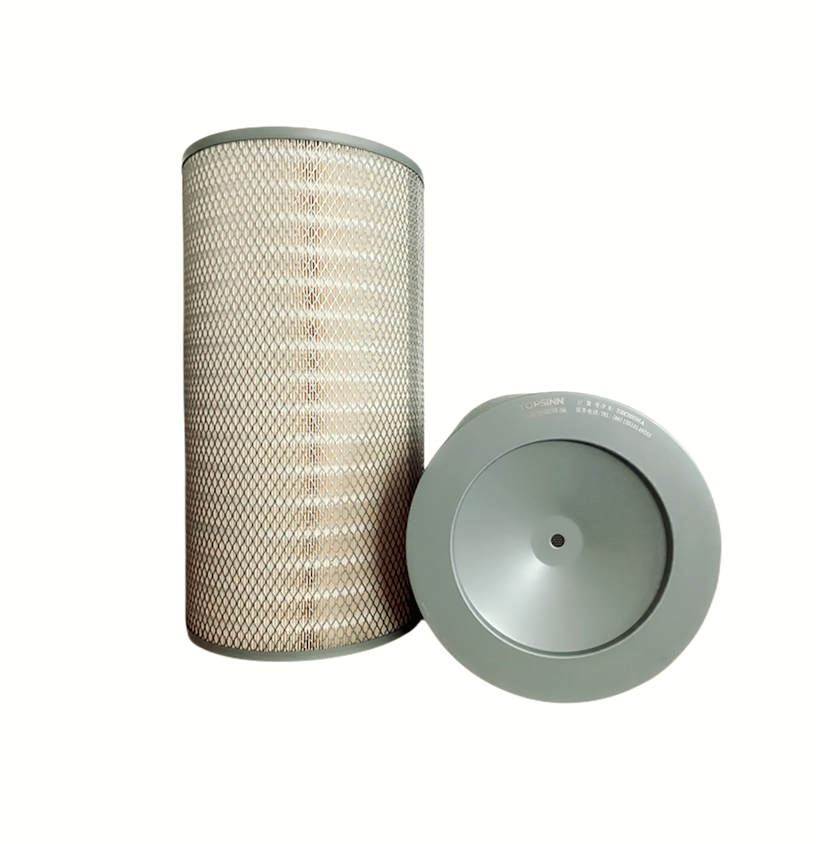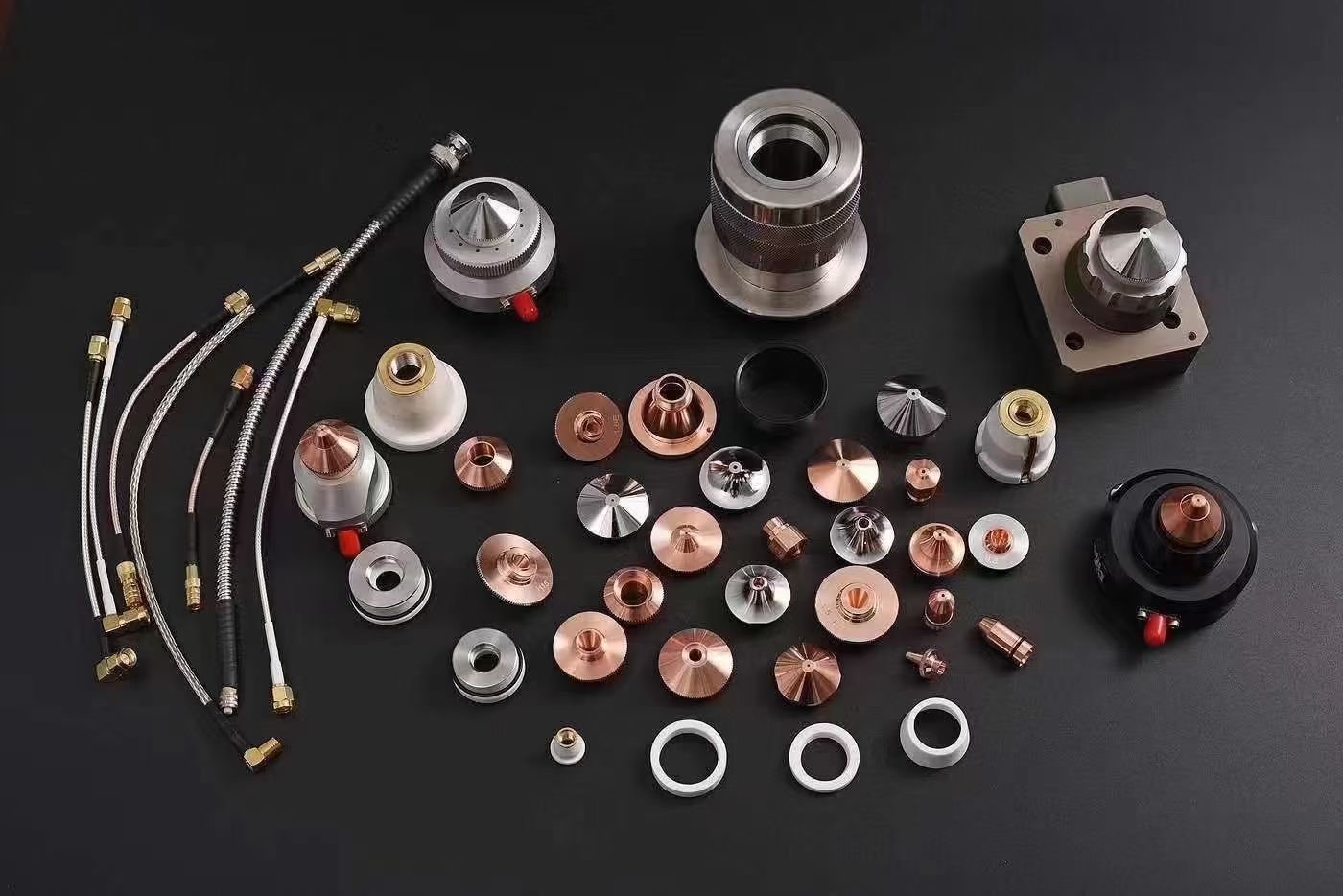The working principle of a fiber laser cutting machine
Author: admin
Release time: 2024-03-17 15:01:37
View number: 6429
The working principle of a fiber laser cutting machine mainly involves the use of a fiber laser to generate a laser beam, which is focused into a high-power density laser beam through an optical system. When this laser beam is projected onto the workpiece, it causes the material at the irradiated spot to rapidly melt, vaporize, burn, or reach the point of instantaneous blasting. The molten material is then removed with the help of a high-speed jet of gas that blows coaxially with the beam, enabling the cutting of different shapes on the workpiece.
This process includes the following steps:
- Laser Generation: The fiber laser emits a beam, which is transmitted through an optical system.
- Beam Focusing: The beam is directed to the cutting head's focusing lens by a series of mirrors or fiber optics, where it is focused into a small spot with greatly increased power density.
- Material Heating and Melting: The high-power density laser beam at the focal point irradiates the surface of the workpiece, generating enough heat to reach the melting or boiling point of the material, with some material beginning to melt or vaporize.
- Assist Gas Function: The type of assist gas used varies according to the material being cut and typically includes oxygen, nitrogen, or air. The assist gas is ejected from the nozzle outlet at a certain pressure and helps to melt out the material and blow away the molten slag in the kerf.
- Cutting Formation: As the cutting head moves, the corresponding shapes are cut out on the workpiece. This process can be straight-line cutting or the cutting of arbitrary shapes.




